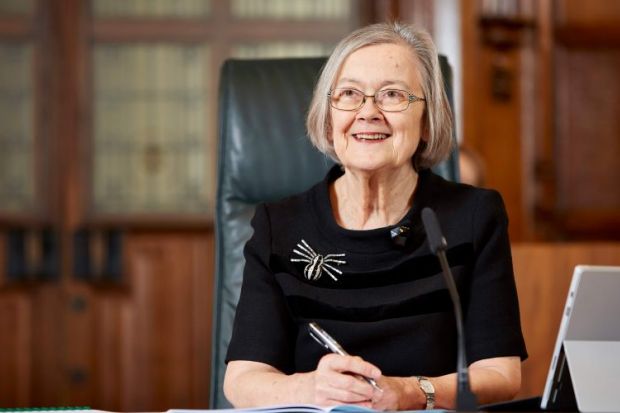Black and ethnic minority law academics have called for two of the UK’s most senior judges to step down from the advisory board of a prestigious journal, saying the lack of anonymised peer review has led to the exclusion of minority scholars.
The Law Quarterly Review (LQR), the UK’s oldest law journal, has faced criticism in recent months over its alleged bias towards Oxbridge-based authors after it emerged that 31 of 45 contributing authors in an edition last year were current or former academics at Oxford or Cambridge, students or recent graduates. That level of representation was not unusual for the 137-year-old publication, whose editors have all been Oxford-based, one legal scholar told Times Higher Education.
In response, the journal’s owner, Thomson Reuters, explained that the imprint had an “editorial advisory committee, with eight distinguished members, that is available to be consulted on the general editorial direction and to advise on any significant changes”.
Now a group of female ethnic minority law academics have told THE that they have written to two of the board’s members – former Supreme Court president Baroness Hale of Richmond and current president Lord Reed of Allermuir – to ask them to draw back from their advisory roles until changes were made.
The group, who wish to remain anonymous “for fear of career damage”, said the journal’s reliance on a single editor, former University of Oxford professor Peter Mirfield, was a breach of its duties under the 2010 Equality Act as it failed to guard against unconscious bias in the peer review process. Furthermore, it meant the journal’s “entire editorial focus…continues to operate solely through the lens of white men”.
Another Thomson Reuters publication, Criminal Law Review (CLR), was guilty of similar failings, one of the group said. While its papers were selected using double-blind peer review, its case notes section was not. In one case, one QC, who has co-authored with the editor, has been published in the section more than 60 times, she said.
“The lack of blind review, collective editing and blind editing has led to those known to editors being grossly over-represented” in the pages of both journals, “while BAME scholars remain not only under-represented in the journals but also under-represented in editorial roles”, the academic told THE.
“The Modern Law Review and Legal Studies show how this is done – both those have a range of academics from a wide range of backgrounds that are co-editors, not just advisers, and from a wide range of universities, thereby complying with the Equality Act requirement to open up the chance for BAME academics to participate in editing,” she added.
David Ormerod, a UCL law professor who edits the CLR, rejected the accusation of cronyism, saying the title had run a system of double-blind peer review for at least two decades. The case comments section was published monthly, a time frame that did not allow for peer review as case reports were “topical”, he explained. Nonetheless, contributors who are selected by a sub-editor, rather than directly by the editor, are “quite wide ranging”, though regular commentators did appear, he added.
“Significant effort to diversify the editorial board” had been made in recent years, added Professor Ormerod, who pointed to the addition of “six women as well as members from a range of ethnicities”.
Register to continue
Why register?
- Registration is free and only takes a moment
- Once registered, you can read 3 articles a month
- Sign up for our newsletter
Subscribe
Or subscribe for unlimited access to:
- Unlimited access to news, views, insights & reviews
- Digital editions
- Digital access to THE’s university and college rankings analysis
Already registered or a current subscriber? Login








